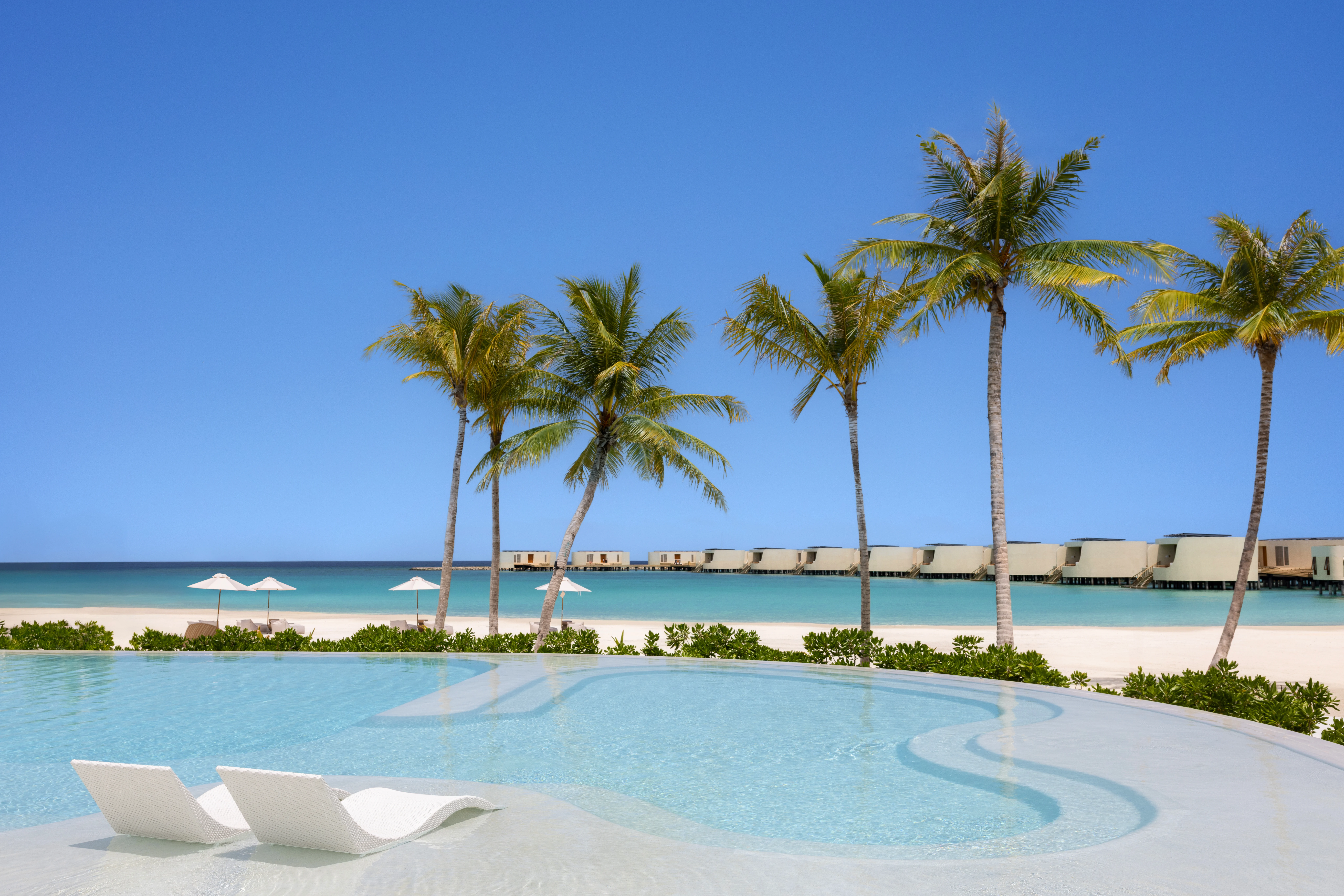
The Costa del Sol, long synonymous with mass tourism and beachfront resorts, is evolving. Today, the region is balancing its reputation as a sun-and-sand playground with a growing commitment to sustainability and authentic local experiences. For travel professionals, this presents both opportunities and responsibilities — to adapt to shifting traveler values, manage resources wisely, and deliver experiences that respect local communities.
From Volume to Value: A New Vision
In the wake of the pandemic, many destinations across Spain — and the world — have seen the pitfalls of over-reliance on volume-based tourism. The Costa del Sol is no exception. With more travelers seeking slower, more meaningful experiences, local authorities and businesses are pivoting toward a model that favors value over sheer numbers.
Some coastal towns, like Nerja and Estepona, have begun investing in walkable old towns, cultural routes, and nature trails that spread visitors beyond the crowded beachfronts. This not only relieves pressure on key hotspots but also channels economic benefits into lesser-known villages and inland areas.
Empowering Local Producers
One clear trend: local food and craft are taking center stage. From olive oil tastings in rural co-operatives to urban markets in Málaga city, visitors want to know where their money goes — and they increasingly prefer spending it on authentic local businesses.
For tour operators and DMCs, this means forging partnerships with local farmers, winemakers, and artisans. Small-group experiences that highlight regional specialties can be marketed as high-value add-ons — while delivering genuine economic impact to communities that previously saw little benefit from large resort bookings.
Decarbonizing the Costa
Like many European destinations, Andalusia is under pressure to reduce its carbon footprint. Rail connections to Málaga have improved in recent years, offering lower-emission access from major cities like Madrid. Local transport providers are testing e-buses and car-sharing services that make it easier for visitors to leave rental cars behind.
Meanwhile, a number of hotels are obtaining sustainability certifications, investing in water-saving technologies, and supporting local conservation projects. For travel advisors and tour operators, being able to vet and recommend truly responsible accommodation will become a growing point of differentiation.
Off-Season & Off-the-Beaten-Path
A challenge for many coastal destinations is seasonality. Costa del Sol has long depended on a summer peak, but stakeholders are working to extend the season by developing culture-focused and nature-based offerings that thrive in spring and autumn.
Hiking routes, local festivals, and creative retreats in villages like Frigiliana and Mijas Pueblo offer a slower pace — and a reason for travelers to visit when the beaches are quieter. For B2B operators, packaging these shoulder-season options helps smooth out demand, keeps local staff employed year-round, and reduces strain on resources during high season.
Technology & Transparency
More travelers, especially Gen Z and millennials, want to know how their trips impact the planet. Forward-thinking DMCs and hospitality brands are responding with clearer communication — from carbon footprint calculators to digital itineraries that highlight the percentage of spend going to local businesses.
Small steps like replacing paper brochures with QR-coded guides, or offering real-time availability for rural experiences, can add up to measurable savings and a more responsible supply chain.
Why It Matters for Travel Professionals
Sustainable tourism is no longer a fringe idea; it’s becoming a baseline expectation. For travel businesses operating in Costa del Sol, now is the time to rethink how products are sourced, how itineraries are designed, and how guests are educated.
Travel advisors, group planners, and corporate buyers will increasingly seek partners who can prove they’re committed to regenerative practices. That means collaborating with local communities, protecting cultural heritage, and ensuring that growth is balanced with stewardship.
Final Thoughts
Costa del Sol will likely remain one of Europe’s beloved coastal escapes. But its future prosperity depends on redefining what success looks like — not by how many sunbeds are booked, but by how well the region’s natural and cultural assets are protected for generations to come.
For travel professionals, this is more than a market trend — it’s an invitation to shape the next chapter of responsible travel in Southern Spain.
Author Bio:
Thomas Bjerkan is an independent travel writer and sustainability advocate based in Spain. He explores how destinations can balance growth with authenticity, and loves helping travelers discover local stories beyond the guidebook.




















